Every culture has used trance states in one form or another to help the members of its community deal with the challenges encountered in daily life. The problems people face have remained essentially the same: health, relationships, prosperity, personal and spiritual development and somewhat elusive search for happiness.
Throughout history people have attempted to contact the infinite intelligence and power that lies latent within mankind, sometimes placing its locus outside of man, other times within. This intelligence has been referred to by many names: God, supernatural, higher power, or in polytheistic cultures - an assemblage of gods, genie, subconscious mind, superconscious mind, unconscious mind and many others.
This intelligent force has been evoked time and again by various means, sometimes by design, sometimes by accident, and has been responsible for countless miracles.
There are many references to trance and hypnosis in early writings.
In 1600 BC, the father of Chinese medicine, Wong Tai, wrote about techniques that involved incantations and passed of the hands.
The priests in charge of the Egyptian sleep temples used trance states when they gave curative suggestions to sufferers who sought their aid. Hypnosis was also used in Grecian Dream Temples.
The Hindu Vedas, written about 1500 BC mention hypnotic procedures.
Trance-like states occur in many shamanic, druidic, voodoo, yogic and religious practices.
Hippocrates, the father of medicine, said, "The affections suffered by the body, the soul sees quite well with shut eyes."
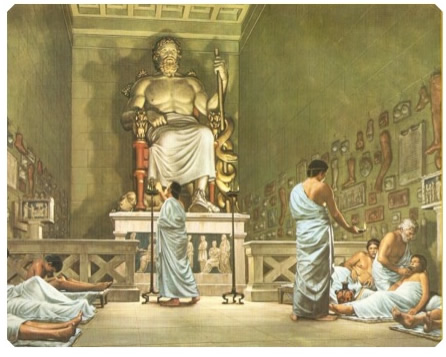
Aesculapius often threw his patients into "deep sleep" and allayed pain by stroking their hands.
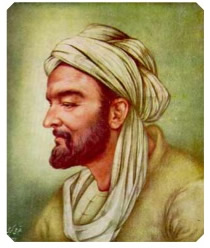
In the 10th century, Avicenna, a great physician, expounded his view that the imagination of man could act no only on his own body, but even on other and very distant bodies.
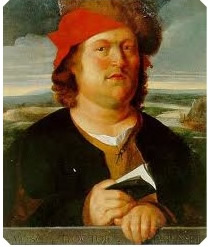
In the 16th century, Paracelsus was persecuted because he dared state that imagination and faith could cause and remove disease.
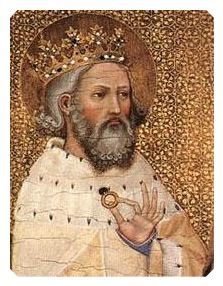
Edward the Confessor introduced the "Royal Touch" to England, and thereafter it became a custom of the King to cure people by touching or stroking.
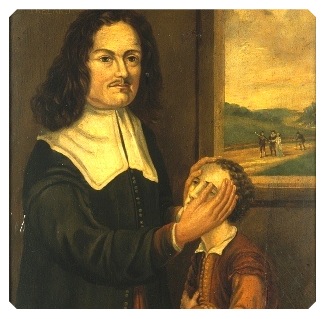
In 17th century, a famous Irish healer, Valentine Greatrakes, claimed that God gave him the power to heal by casting out evil spirits. He believed that all disease was due to evil spirits and by commanding them to leave, he obtained many healings.

The history of modern hypnosis begins in 18th century with the arrival of Franz Anton Mesmer (1734-1815), after whom "mesmerism" got its name.
Mesmer believed in the mysterious "magnetic fluid" which filled the whole universe and that any upset of the proper balance of this fluid in the body could cause a disease. Today we may refer to Mesmer's magnetic fluid as "energy", "life-force", "prana". Mesmer's enemies tried to discredit him in spite or because of the fact that he performed numerous spectacular healings.
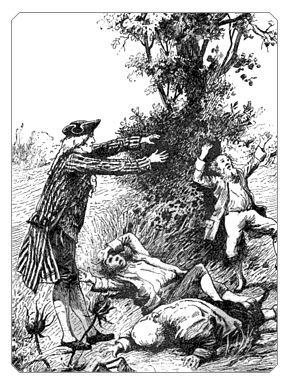
One of Mesmer's followers, Marquis de Puysegur (1751-1825), while experimenting with a simple peasant boy in 1784, produced the "sleeping stage" quite by accident. He discovered that, while in this stage, the subject could think and talk more intelligently than when awake.
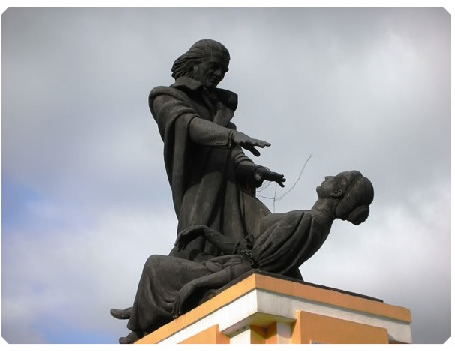
Portuguese monk, Abbe Faria (1756-1819), learned to produce somnambulist state simply by gazing steadily at the patient and then shouting "Sleep!"He was the first to proclaim that the cause of trance rested within the patient and was not due to any magnetic influence of the operator.
Dr. John Elliotson (1791-1863) began to experiment with "magnetic sleep" at the University College Hospital in London. He was able to prove its value in the treatment of nervous disorders, various medical cases and as anesthetic.
After reading Elliotson's work, a young Scottish surgeon, Dr. James Esdaile (1808-1859) began to experiment with mesmerism in India. He performed several thousand minor and three hundred major operations under mesmerism. He reduced the death rate from 50% - 5% using mesmerism.
Dr. James Braid (1795 -1869) attended a public performance by a Swiss magnetizer, Lafontaine, with the intention of exposing him as a charlatan. He was astounded to find that the phenomena of trance were real. He concluded that "sleep" resulted from the fatigues of eyes and coined the word "hypnotism" - after the Greek god of sleep, Hypnos - to describe the art and science of inducing hypnosis, which was the name he gave to the trance state .He soon realized that hypnosis was not sleep and tried to change the name, but the word "hypnosis" persisted to this day.
In France, August Ambroise Liebault (1823-1904) and Hypolite Bernheim (1840-1919) were the first to regard hypnosis as a normal phenomenon. They concluded that expectation is the most important factor in the induction of hypnosis.
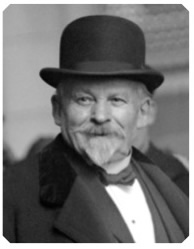
Another Frenchman, Emile Couè (1857-1926), pioneered the use of auto-suggestion. He is famous for the phrase, "Day by day in every way I am getting better and better". Couè believed that he did not heal people himself, but merely facilitated their own self-healing. Perhaps his most famous conclusion was that the imagination is always more powerful than the will.

Sigmund Freud (1856-1939) was also initially interested in hypnosis, but he abandoned it because he was unsuccessful with it.
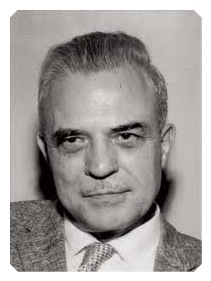
More recently, the leading authority on clinical hypnosis was Milton H. Erickson, M.D. (1901-1980) who was a highly effective psychotherapist. He devised countless innovative and creative ways to help people. A master of indirect hypnosis, he used metaphor, surprise, confusion and humor.
Teachings and techniques of Dr. Milton Erickson were widely popularized by John Grinder and Richard Bandler who initiated the development of Neuro-Linguistic Programming, which includes many techniques from Ericksonian hypnosis.
Here's your chance to have fun and Experience Hypnosis now.